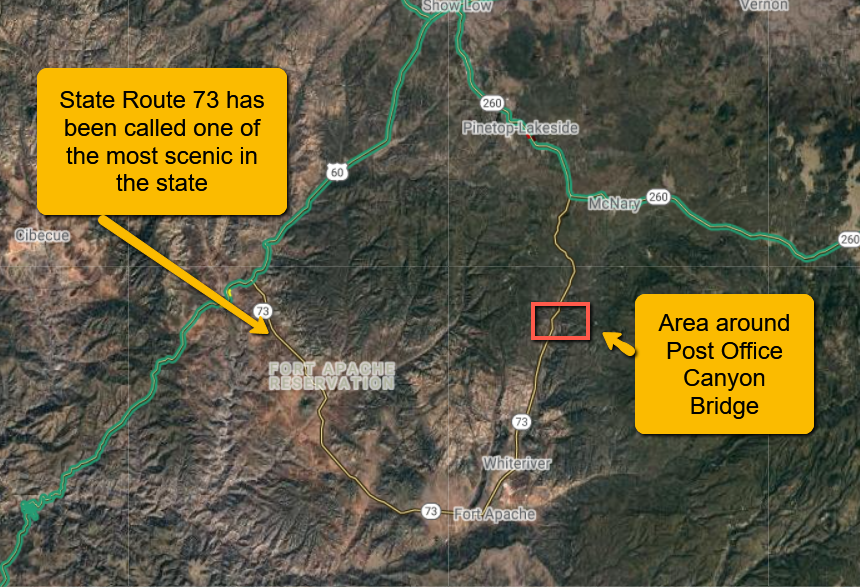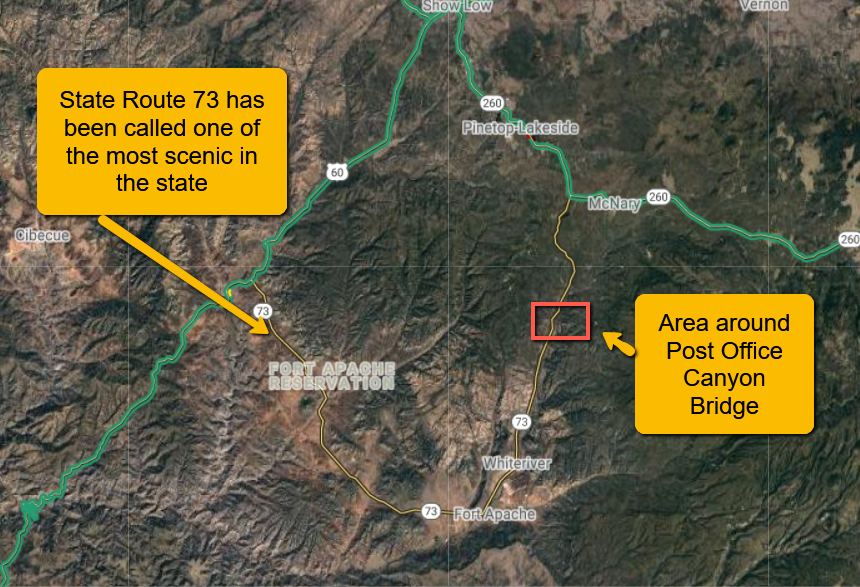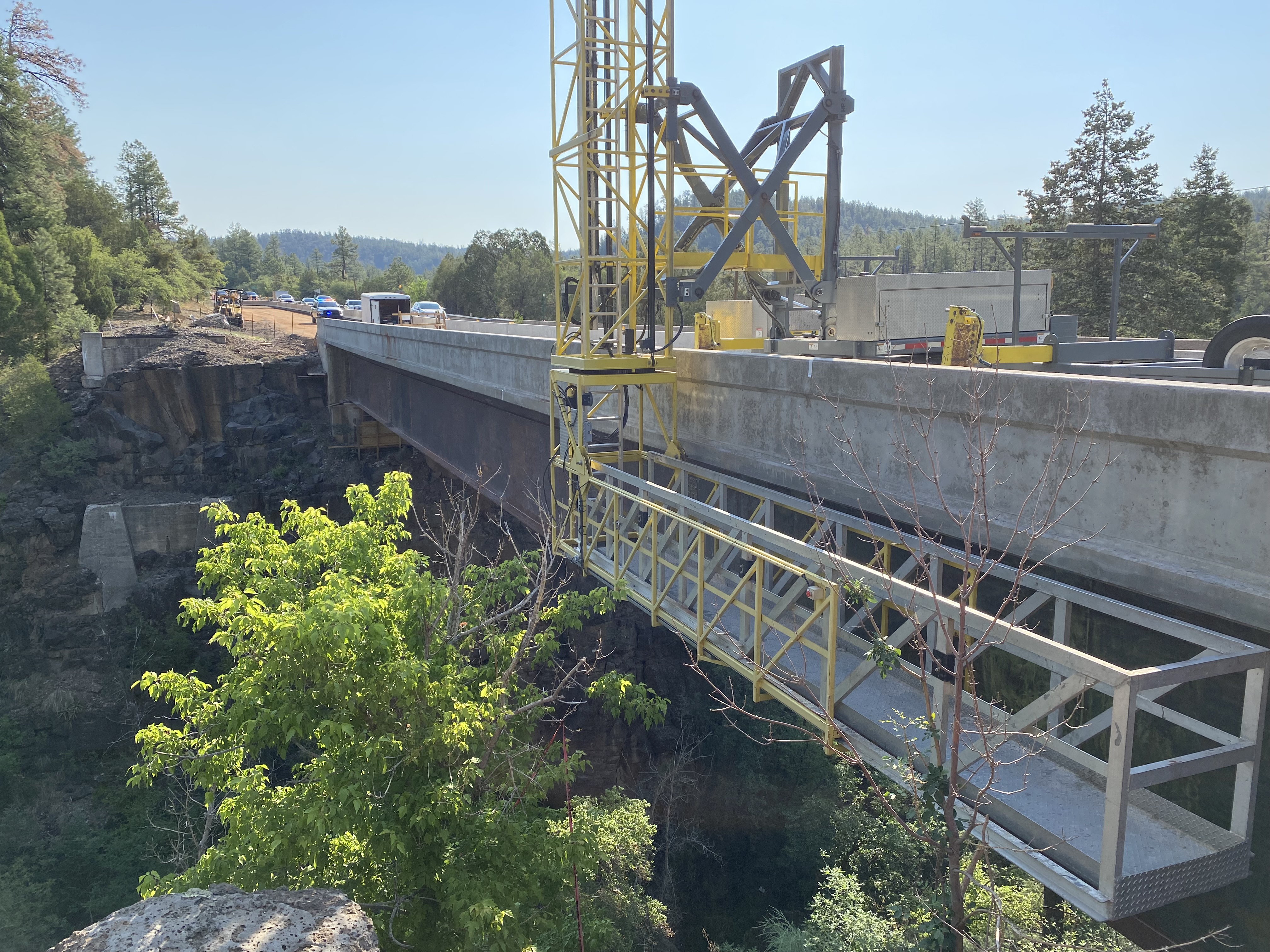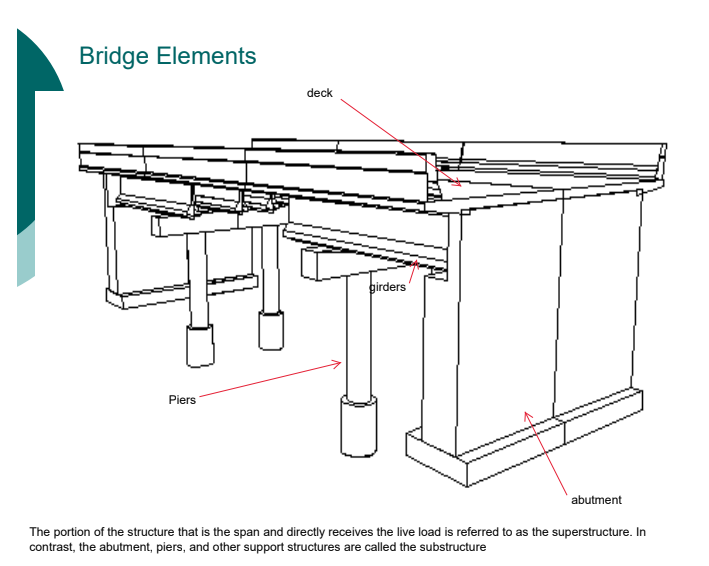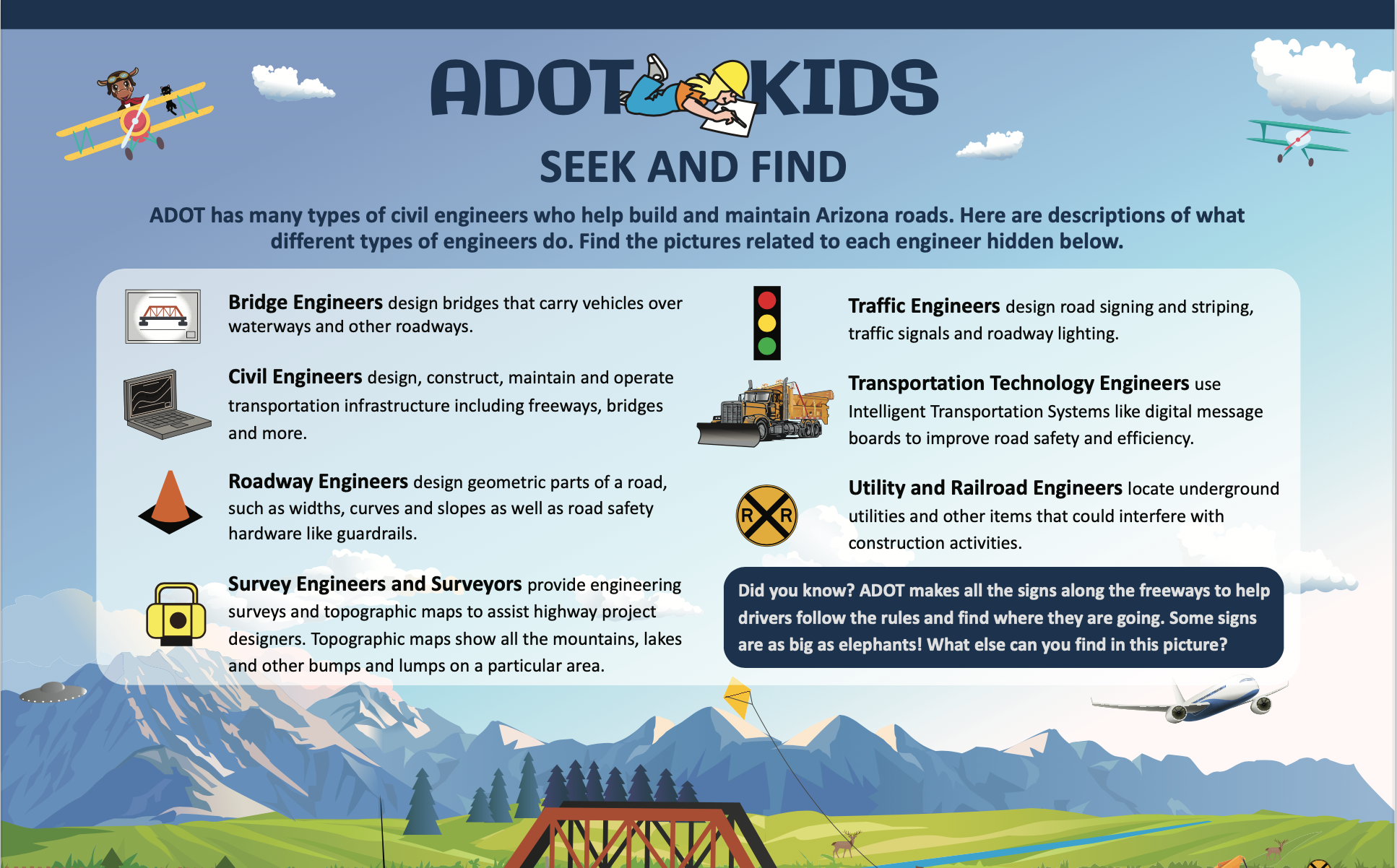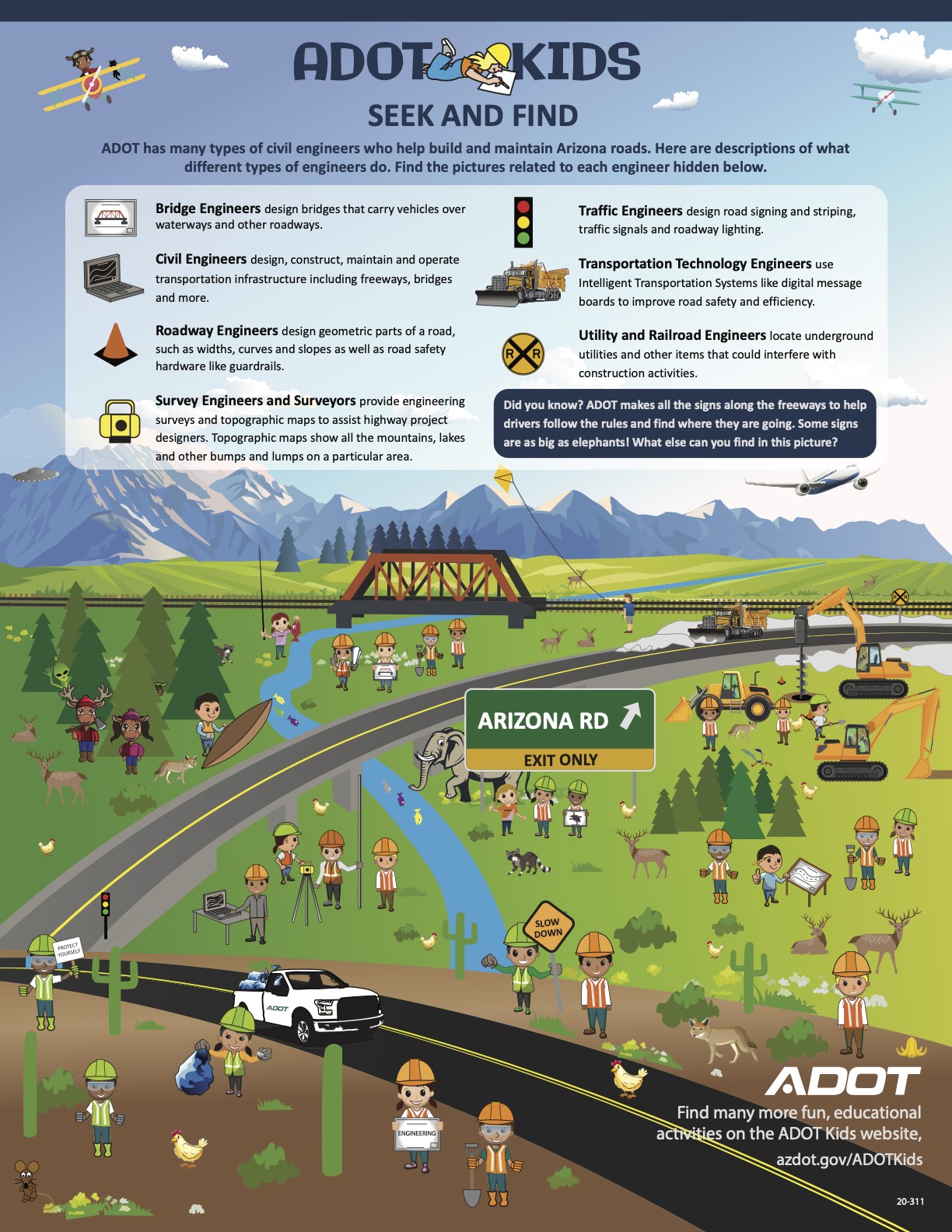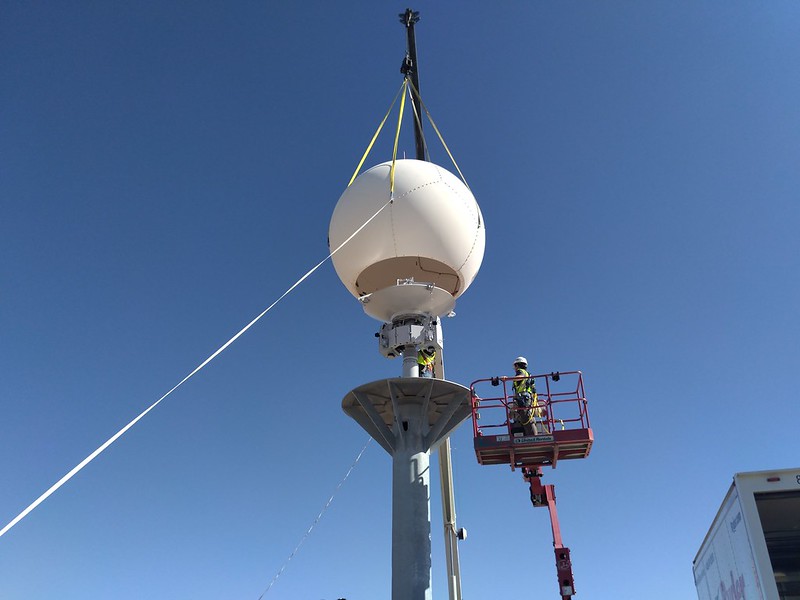Understanding what’s underneath a road makes a lasting road
Understanding what’s underneath a road makes a lasting road
Understanding what’s underneath a road makes a lasting road
Understanding what’s underneath a road makes a lasting road
Constructing roads requires plenty of planning: Determining the location, design and materials are all important. One key element that might go unnoticed by many, though, is gaining an understanding of the soil and ground upon which the road will be built.
For that, we introduce you to ADOT’s Soils and Aggregates Lab.
“Soil tests are done before every project,” said David Coronado, a transportation engineering specialist. “The tests help engineers to understand the soil's properties, stability, and bearing capacity. It also helps engineers choose the best materials to use to ensure a durable and long lasting structure and roadway performance.”
Prior to the construction phase of a project, ADOT’s Soils and Aggregates Lab runs tests on soil samples taken from the project area. These tests can involve very simple procedures, like rolling a ball of clay back and forth by hand until it crumbles, which is essentially rolling out the moisture until it loses its integrity and can no longer hold together. Other tests are more complicated, like the aforementioned counterpart involving mixing a fine grained soil and using a mechanical device which must adhere to a set of specifications and criteria.
One common soil test is T89, a counterpart to T90, which together determine the soil's plasticity. According to the American Association of Highway Transportation Officials(AASHTO) technical regulations, a technician mixes a soil sample with 8-10/15-20 milliliters of distilled water until it is completely absorbed, further adding 1-3 millimeters until it becomes viscous. The resulting mixture is then placed into the brass dish of a liquid-limit device and spread carefully to conform to the dish's shape while meeting the regulated 10 millimeter thickness criteria.
A groove is cut vertically into the soil separating two sides, with a clear visible brass dividing line. The liquid-limit device is turned on, subjecting the dish to shocks, which is lifting it 10 millimeters in height and dropping it onto the base causing both sides from the split to close in on each other. Once both sides touch at approximately half of an inch at the required 25 shocks, a soil sample is taken by performing a horizontal cut across the soil where both sides meet, placing it in a glass jar and recording the wet weight before putting it in the oven to dry until achieving a constant weight. After the dry weight is recorded, the calculation for the percent moisture is done.
Coronado says Arizona has diverse soil types, including sandy and gravelly soils. “The Phoenix metropolitan area mostly consists of sandy soils, as well as a mixture of sand, silt, and clay,” he says. “In northern Arizona, such as Flagstaff, heavy clays are more prevalent.”
As for what type of soil is best to build roads on: “Ideally, free-draining but with enough clay for cohesion and stabilization, but not so high a clay content that the water is prevented from draining,” Coronado said. “Granular soils with fines are best. High clay materials affect drainage and are highly absorbent, which also leads to issues with swelling and shrinkage thus affecting the road's integrity and are not suitable to build on. Also, very silty soils are not ideal as they can be prone to collapse when water is introduced.”
So next time you see the dirt beside the road, know it was thoroughly tested before that road was built.






